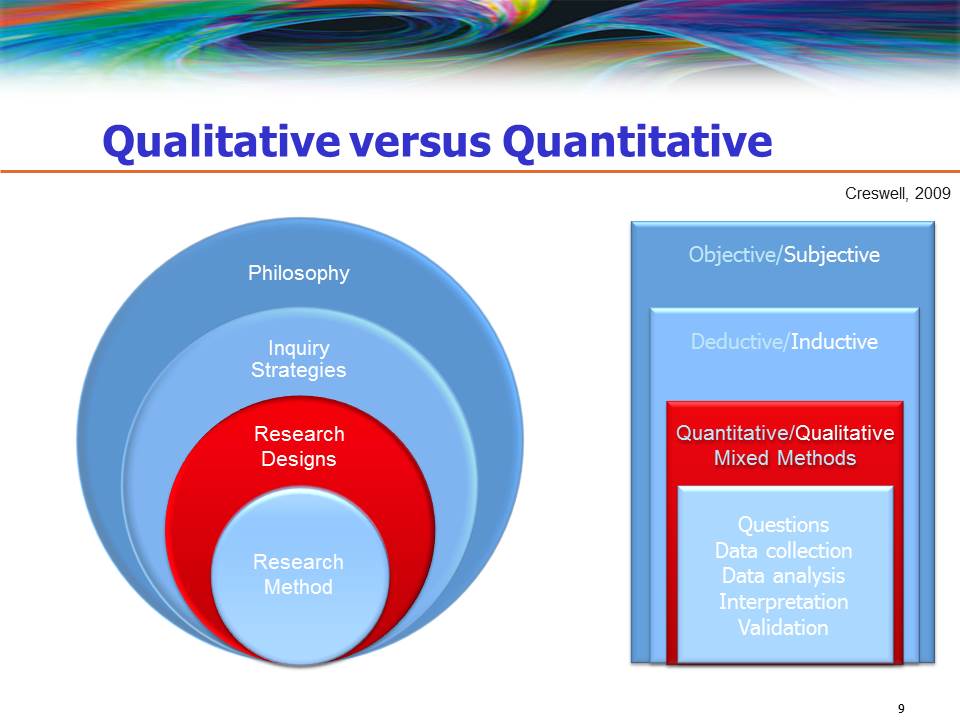

Examples of good interview questions include: They should support the research question in an active way without prejudicing the response. These questions should likewise be open-ended and provide liberty of expression to the responder. Once you understand the research question, you need to develop a list of interview questions.
Bad: Does living in a city impact the quality of a person’s life? (closed, simple). Good: To what degree does living in a city impact the quality of a person’s life? (open-ended, complex). Examples of good research questions include: Good research questions are specific enough to guide action but open enough to leave room for insight and growth. Whether you’re a researcher by trade or a data analyst working on one-time project, you must know specifically what you want to understand in order to get results. Since the whole point of an interview and of qualitative analysis in general is to understand a research question better, you should start by making sure you have a specific, refined research question. It’s for people who need to go into the field and collect raw information as part of their qualitative analysis. If you are not performing any interviews or focus groups to gather data, then you can skip this step. Step 1 is collecting the data that you will need for the analysis. Thus, a distinction between explaining how something operates (explanation) and why it operates in the manner that it does (interpretation) may be effective way to distinguish quantitative from qualitative analytic processes involved in any particular study.” (bold added) (( EBN)) Step 1a: Data collection methods and techniques in qualitative research: interviews and focus groups 
“In contrast, qualitative research often takes the position that an interpretive understanding is only possible by way of uncovering or deconstructing the meanings of a phenomenon. “A traditional quantitative study… uses a predetermined (and auditable) set of steps to confirm or refute hypothesis. Here’s a great quote from a nursing magazine about quantitative vs qualitative research: It usually aims at drawing conclusions that explain why a phenomenon occurs, rather than that one does occur. In short, qualitative research is the interpretation of non-numeric data. Qualitative research is not the same as quantitative research.
Identify trends in words, themes, metaphors, natural patterns, and more. Compile your data in a spreadsheet using document saving techniques (windows and mac). Decide what interpretive angle you want to take: content analysis, narrative analysis, discourse analysis, framework analysis, and/or grounded theory. TYPES OF DATA ANALYSIS METHODS IN QUANTITATIVE RESEARCH CODE
Decide whether to either code analytical data, analyze word frequencies, or both.Gather all documents and transcribe any non-paper records.The process consists of 6 steps that I’ll break down in this article:

But there is an easy, methodical approach that anyone can take use to get reliable results when performing data analysis for qualitative research.

This is because qualitative data stands in opposition to traditional data analysis methodologies: while data analysis is concerned with quantities, qualitative data is by definition unquantified. Data analysis for qualitative research is not intuitive.








 0 kommentar(er)
0 kommentar(er)
